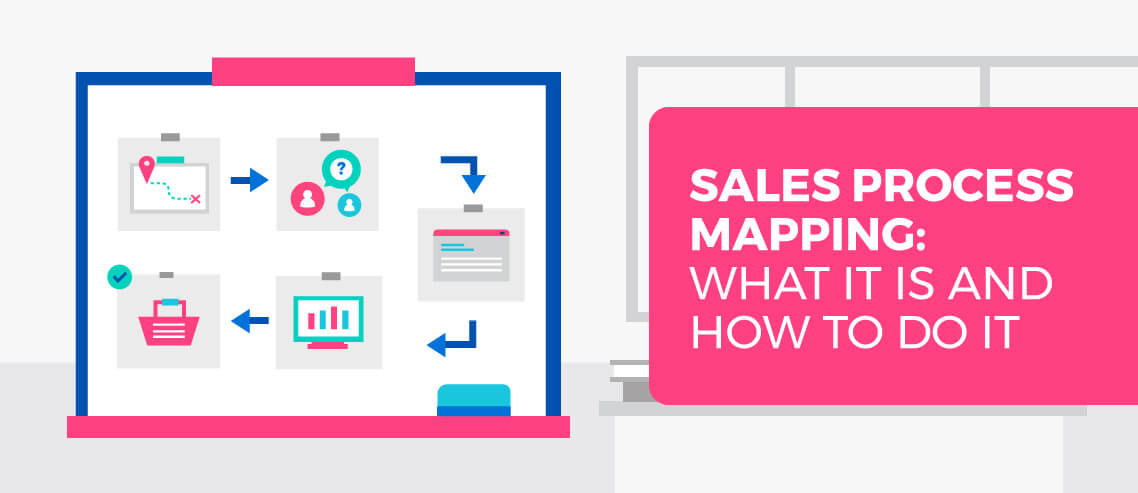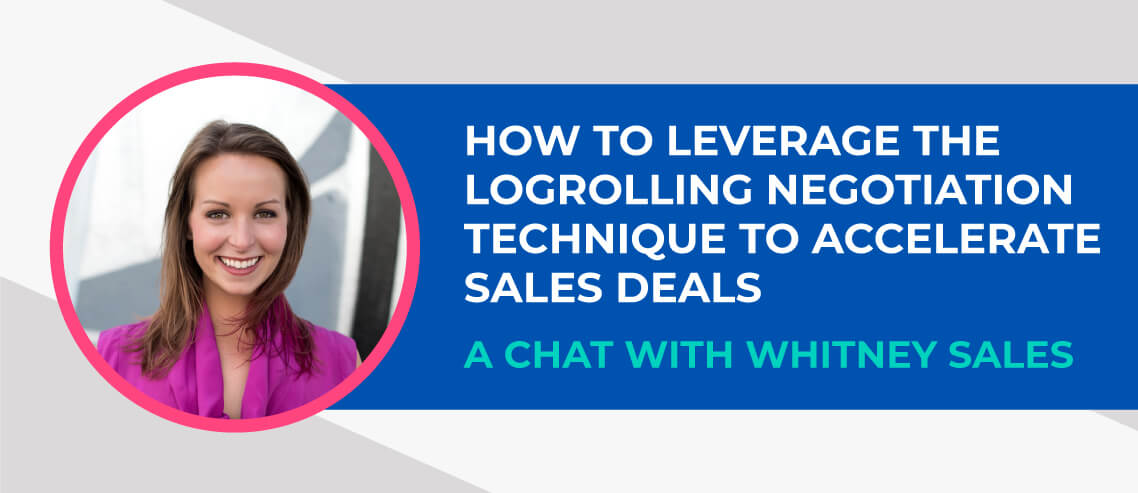LinkedIn Connection Request Message Templates + Best Practices
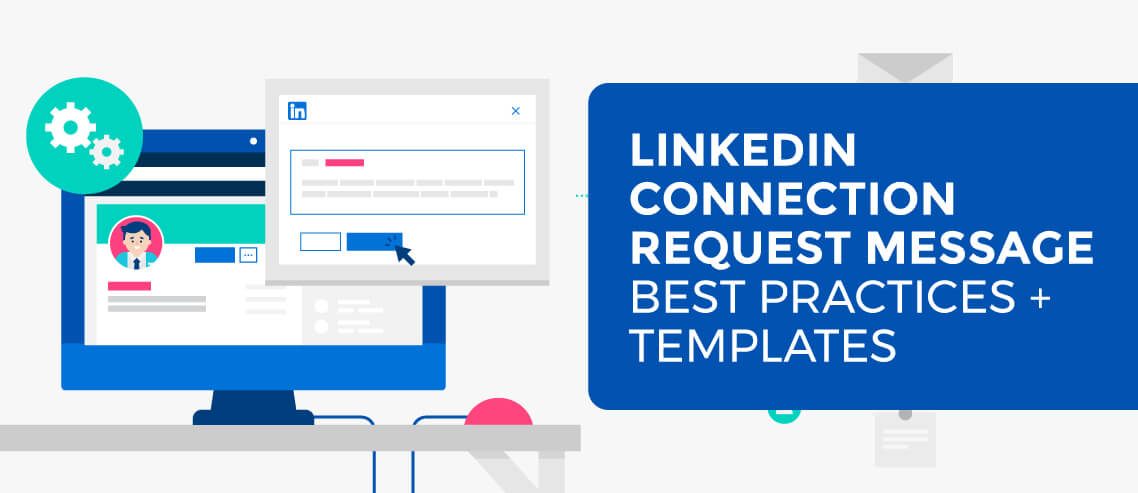
Contents
For B2B sales teams, LinkedIn is proving to be a major influence in social selling.
More than 98% of sales reps with 5,000 or more LinkedIn connections meet – or exceed – their sales quota. Of the more than 500 million users, 61 million are senior-level influencers, and 40 million are in decision-making positions. Compared side by side with Twitter and Facebook, 80% of B2B leads come from LinkedIn, and nearly 80% of marketers agree that LinkedIn is an effective source for generating leads.
To capitalize on these numbers for yourself, it’s important to play up the “social” aspect of social selling – and connecting directly with users is the first step. If you’re not quite sure how to get the ball rolling, check out these best practices for sending LinkedIn connection request messages, along with templates you can copy to get started.
4 Common Mistakes With LinkedIn Connection Requests
Before we get into the best practices for LinkedIn connection requests, let’s go over what not to do. I see a lot of terrible LinkedIn requests, many of which make the same common mistakes. Things like:
1. Sending Boilerplate Connection Requests
You know the value of the person you’re reaching out to. They could be a high-profile B2B buyer, with control over a budget of tens or hundreds of thousands of dollars. Or they could be an influential thought leader with the ability to amplify your content to a vast, and highly relevant, audience.
With so much at stake, you should be making the effort to craft a tailored message every time you send a LinkedIn connection request. Yet so many connection requests are clearly copy-pasted, with the only nod to personalization being a “Hi {your name},” introduction.
2. Not Giving People a Reason to Connect
At an in-person event, you can get away with talking to pretty much anyone, because you’re in the same place at the same time. It’s natural to strike up a conversation at the bar, or approach someone at a post-conference mixer.
The same thing doesn’t apply to LinkedIn. If you don’t have a good reason for connecting, you shouldn’t bother – and that reason can’t be, “Because I want to sell them something.”
3. Mistaking Networking for Selling
Networking and selling are not the same thing. Networking can get you in front of prospects, and those prospects might become leads down the line, at which point you can definitely sell to them. But a LinkedIn connection request isn’t the place for a sales pitch.
In other words: don’t expect to generate a lot of responses or connections if your introductory message is all about your product and how you’d like to arrange a suitable time for a demo.
4. Connecting With People Who Viewed Your Profile
When you notice that someone has viewed your profile, it’s tempting to send them a connection request right away. After all, they’ve effectively reached out to you already, right?
Don’t do it. You have no context for why they viewed your profile in the first place – it could have been a total mistake. What’s more, if they wanted to connect with you, they would already have sent you a request.
That’s not to say you absolutely shouldn’t try to connect with these people; just that “I saw you viewed my profile” isn’t a good enough excuse to reach out to them.
LinkedIn Connection Request Message Templates
Personalize Your Message
When you go to send a connection request message, you’ll see something like this:

It’s tempting to click “Send Now” because it requires no extra effort, but you’ll see better results if you tailor your message to the user. Cookie-cutter messages are ineffective at best.
When you don’t customize your connection request, your recipient sees something along the lines of “I’d like to add you to my professional network.” This gives the user no context as to who you are, or why you want to connect.
Personalization can go much further in building the relationship. Use the person’s name and write something unique and specific to them. For example:
Hi Jan!
It was great meeting you at yesterday’s seminar. I’d love to connect and learn more about ABCSolutions and stay up to date with what your company is doing.
Talk soon!
John
This is more time-consuming, but it’s completely worth it if it means making a strong first impression.
Connect on Common Ground
One of the biggest advantages of connecting on LinkedIn is that you can seek out some common ground to add authenticity to your introduction. It’s not always easy to break the ice with someone you don’t know, but sales reps are continually reaching out to people with little to no knowledge of who they are.
Do a little recon on their LinkedIn profile and see if you can find something you have in common. Then, share that information in your introduction:
Hi Jack!
I noticed you went to Clemson University – I graduated from there myself four years ago! I’d love to connect with you and see how we might be able to support each other professionally.
To your success,
Mark
This helps you avoid copying and pasting the same message to every prospect, and it shows you took the time to learn more about them and are genuinely interested in establishing a connection.
You can also check them out on other social channels like Facebook or Twitter first, both to find out information about them, and to try to establish a connection by liking some of their posts, retweeting them, or commenting on an article they wrote. That way, when you reach out on LinkedIn, your name will already sound familiar to them.
Ask a Mutual Connection for an Introduction
One of the best features of LinkedIn is seeing who knows the same people you do – or if a connection knows someone you want to know.
If you have a shared connection, ask for an introduction. Here’s an example from Social Sales Link CEO Brynne Tillman:

Alternatively, if you can’t get an introduction, use your shared connection as a talking point:
Hi Mike,
I noticed we’re both connected to Jim Clark, the CEO of 123 Packaging Inc. Jim and I collaborated on a project and he spoke highly of you. I’d love to add you to my professional network so we can support each other.
Looking forward to connecting,
Abby
Be Clear About Why You Chose Them
There’s a reason why you chose to connect with certain people. How did you find them and what specifically prompted you to connect?
These are questions your recipient will likely have, so address them up front in your message, like this:
Hi Suzie,
I see you’re the new HR manager at Team Sports – congratulations! I’ve worked with your company on projects in the past and would love to connect with you. Feel free to reach out anytime!
Miranda
Get Straight to the Point
When you send a connection request message, you’re automatically limited to 300 characters – slightly longer than a tweet. This forces you to get creative from the start and carefully choose what you want to say.
To maximize those 300 characters, follow the 5 P’s. Your request should be:
- Polite
- Pertinent
- Personal
- Professional
- Praiseworthy
You should have enough room to include their name, something personal, a reason for connecting, an invitation to connect, a closing phrase (such as thanks, talk soon, etc.), and your name.
Each of the example templates above follow this same format and are within the 300 character limit. But even if your message ends up under the limit, look for ways to tighten it up even further. Take out extra words and read it out loud to make sure it flows.
Don’t Sell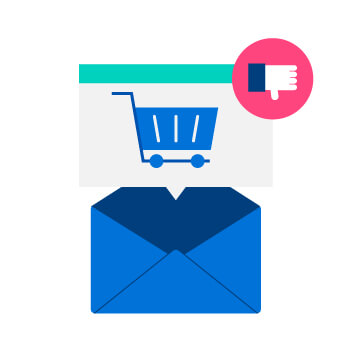
Studies show that 54% of social sellers can trace their social media efforts back to at least one closed deal. But interestingly, social selling isn’t really about selling – it’s about building connections and relationships.
For a salesperson, it’s tempting to start pitching immediately. But beginning the conversation with a sales pitch can destroy all the authenticity and trust you’re trying to build.
More than 60% of employees at large companies agree that social selling allows them to create more authentic relationships with prospects and customers. When done correctly, sales become a natural byproduct of a strong, valuable relationship.
Keep the Conversation Alive
Valuable connections are never one-sided. Granted, you’re making the initial effort to reach out, but you also want your prospect to participate in the process. You believe they could be valuable to you, so you also want to show why you could be valuable to them.
To facilitate this, make sure you not only give them a reason to connect, but also to reply. Here’s an example:
Hi Sally!
One of our mutual connections, Kathy, shared an article you wrote on the basics of supply chain management. I really like the insights you shared and wanted to reach out and connect. I’ve actually worked with companies in this area myself and would love to discuss over coffee sometime. Let me know when we might be able to chat.
Alisa
Didn’t Connect? Don’t Forget to Follow Up
Follow-up is one of the most critical actions in sales, and similar rules apply to the initial outreach. Studies show that 92% of sales reps give up after four attempts, but 80% of sales require more than four attempts to close.
There could be a number of reasons you don’t get a response to your initial invitation:
- Your message is more of a sales pitch than a genuine desire to connect.
- You used the standard LinkedIn message rather than personalizing it to the user.
- The message was too long so the user didn’t read it all.
- The user isn’t sure who you are or why you want to connect.
Any of these can kill your chances of making a successful connection. If you were guilty of one (or all) of the above on your first attempt, make sure you don’t make the same mistakes when you follow up.
Silence is not an answer during any part of the sales cycle, including the initial outreach. Keep in mind it can take more than one attempt to make the connection. Use this template to send a polite yet encouraging follow-up message via InMail:
Hi Sam,
I know you’re probably as busy as I am, but I wanted to check to see if you got my initial request to connect. I noticed you work at XYZ Inc. and would love to explore ways we can help each other in the future.
Hope to hear from you soon.
Sarah
Go Omni-Channel
LinkedIn is just one channel you should be using to connect with prospects.
You should be living everywhere your prospects are; that means email, other social channels, and over the phone, depending on who you’re targeting.
Companies with an omni-channel engagement process see a 9.5% year-over-year growth in annual revenue – almost 3x more than those that do not – in addition to increasing the engagement itself.
An omni-channel experience delivers the goods on prospecting, nurturing, and retention.
Which channels do they seem to prefer and/or where did you first engage with them, what do they do on each (just shooting the breeze on social, business on email, vice versa)? Take your cue from them. Engage with them where and how they seem to prefer.
Automate, automate, automate
If you’re reaching out to hundreds of prospects every week, it’s impossible to manually stay on top of following up with all of them.
That’s why a sales engagement tool like Mailshake is essential to creating an effective, scalable follow-up sequence.
With Mailshake, you can personalize your emails and LinkedIn connection request messages in bulk with powerful mail merge features, schedule follow-up emails and social messages that are paused or triggered based on whether a a recipient opens an email, clicks a link, or replies, and reply to leads straight from your Mailshake dashboard with Lead Catcher.
You can also set the amount of time between follow-ups (5 days between the first and second email, 7 days between the second and third, etc.), and the days and times you want them to send (for instance, between 8 am and 6 pm on weekdays).
Optimize your copy and overall outreach strategy by AB testing different subject lines, body copy, and full campaign sequences. And with native integrations to your CRM, and third party integrations to hundreds of software tools via Zapier, you can automate your outreach even further by triggering campaigns when someone downloads an eBook, books a meeting, or signs up for a demo.
If phone is a part of your outreach cadence, you can include it as a touch point in your outreach cadences as well with Mailshake Sales Engagement.
Bottom line: following up is absolutely essential to an effective outreach strategy, but there’s no reason why you can’t automate it.
What to Do Next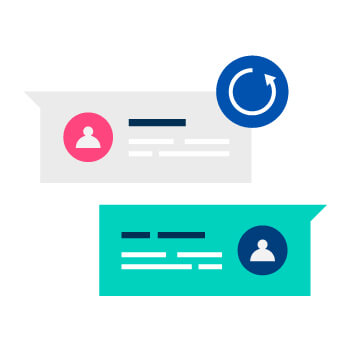
Did you make a successful connection? Celebrate the win, but don’t stop there. The worst thing you can do at this point is to go dark.
When you reach out to connect with someone, that isn’t your end goal – it’s just the first step in creating what will hopefully be a long and prosperous relationship. But all too often, the relationship ends as soon as a prospect accepts your request because of poor follow-up.
Continue nurturing your leads on LinkedIn to move the conversation forward. You’ve already overcome one of the toughest parts, which is to get on their radar in the first place. At this point, it’s a matter of proving your value and relevance so that each of you can walk away with something positive.


